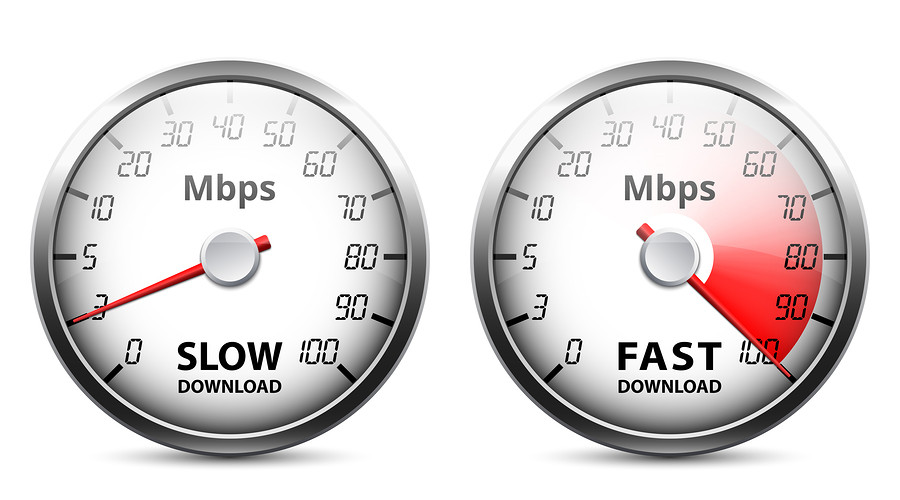The importance of your bounce rate has certainly become increasingly vital these days, and there is a good reason for this. Your bounce rate is a good indicator of whether or not users are engaging positivity with your website.
Google is placing a lot more importance on ensuring users are engaged with your site and this is why your bounce rate has become a more important figure to pay attention to and try to improve. But, you must remember, that while improving your bounce rate is important, it isn’t the be all and end all.
There are still a number of other things that you need to take into consideration when trying to improve your SEO. Your bounce rate is just one of the many different components that encompass your digital marketing strategy.
There are quite a number of different factors that can contribute to a poor bounce rate. So when looking to make improvements, you should take a look below at some of the best tactics to combat a poor bounce rate:
1. User intent and value

According to Jimmy Huh SEO Consultant this partly relates to having a positive user experience on your site. When users come to your site, if they can find what they are looking for easily enough then they will probably stay a while looking at your information and may just even visit different pages on your site as well.
This means you have to think about the user intent. Why are they coming to your page? What information did you tell them that you were going to provide them with in the search engine listing (i.e. the meta data)?
If the information a user thinks they are going to get from your website is different to the actual information on the page, then they are probably likely to click back on to Google and find another website.
For example, if a user thinks they will be able to purchase tickets to an event on your website and your page offers no option to purchase any tickets, this would leave users feel frustrated and not likely to return.
2. Page speed

The speed of which your website loads is of a top priority to help reduce your bounce rate, and this goes for both the desktop and mobile version of your website. The longer your page takes to load, the higher your bounce rate.
Research conducted by Pingdom shows that if your page takes just 1 second to load your bounce rate would typically be around 7%, 5 seconds to load and you are looking at a bounce rate of 38%. The overall benchmark for page load speed is 2 seconds.
Speed is something that you should be aware of and there is research conducted to suggest that there is a direct correlation between speed and your bounce rate. So, if you are looking for ways to improve your speed, check out Pingdom’s speed tool. You can see how fast your site loads and ways you can make improvements.
3. Intrusive Ads

Pretty much nothing annoys a user more then being bombarded with a whole heap of pop up ads before they can even get to your content. So try and limit the amount of intrusive pop up ads you have on your website, especially on a mobile device where the screen is much smaller.
Pop ups are still okay to have, just maybe think about having them in the corner of the screen where it doesn’t completely block the content, or the thing a user came onto your website to see.
You could even try having a pop up be displayed once they have scrolled down to x point, or once they have been on your site for x amount of time. It is more likely that your bounce rate will improve and the effectiveness of your pop ups, because users don’t feel as ambushed if you showed them straight away.
4. Readability

Yes your content needs to have value and provide a positive user experience, but it also needs to be readable. Remember, users are more lazy and impatient then ever before, so if it is too difficult for them to read your content on the page, they simply won’t.
They know that there is probably another website with the same information that they would be able to read. So to stop them from going elsewhere, you need to ensure your site has high readability, for desktop and mobile.
This means thinking about even the simplest of issues like; is the text size big enough? Remembering that mobile screen sizes are much smaller, so how will your text adapt to the different screen sizes? Even text colour can be an issue, make sure the colour is readable on the background of your site.

